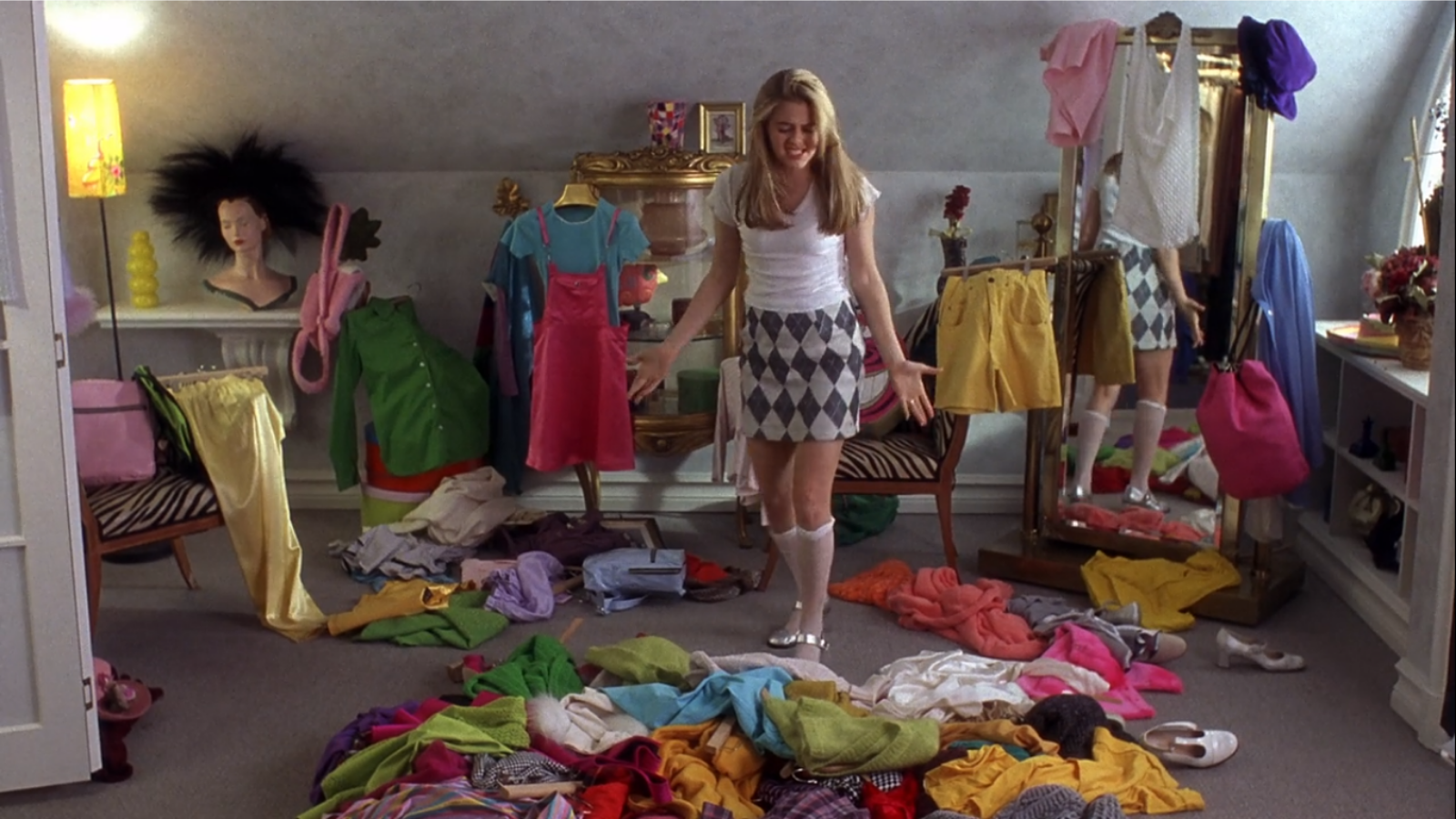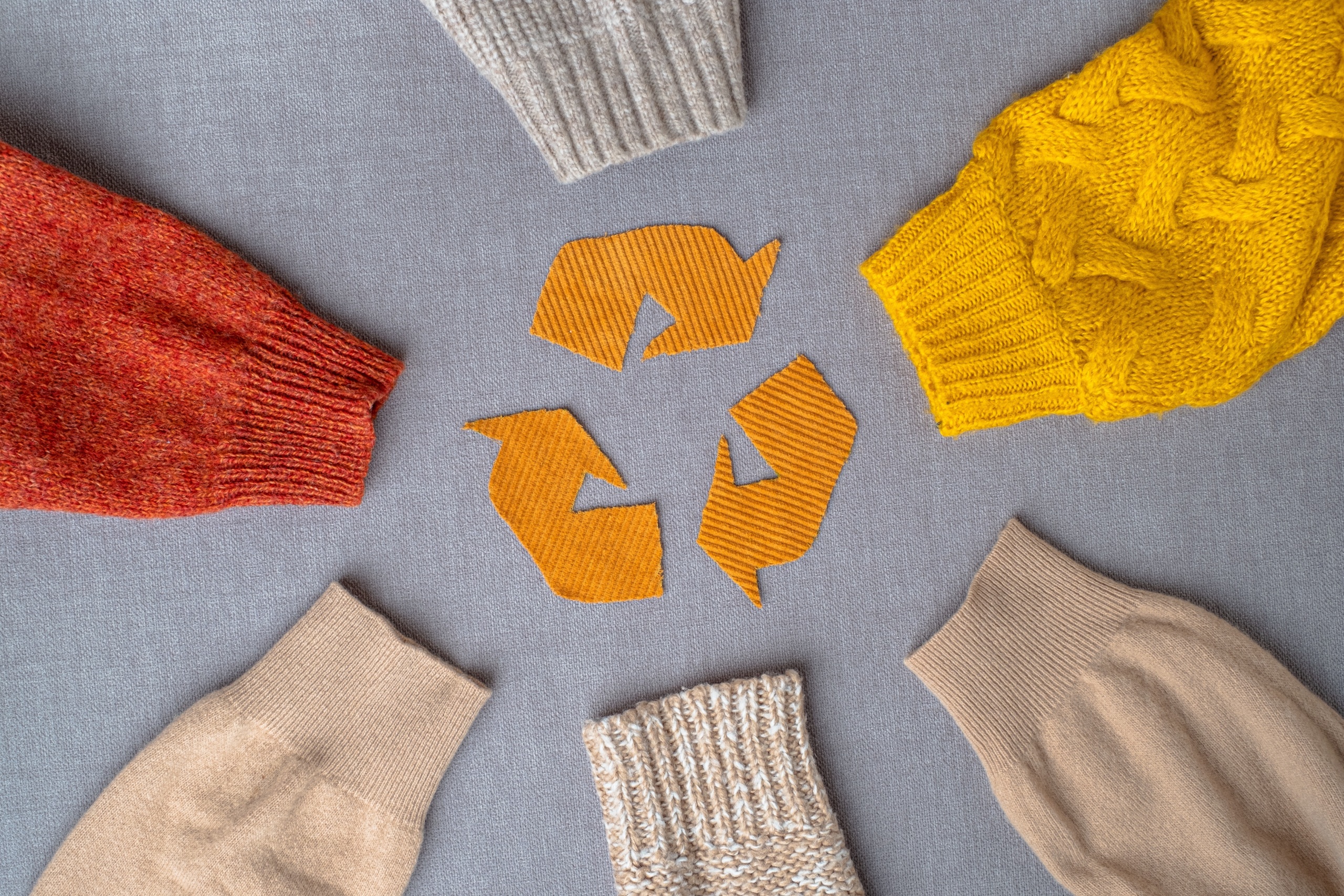The unsustainability of the fast fashion festival aesthetic
Why a season with no Coachella or Bonnaroo might be bad for music fans, but good for the planet—and an opportunity to rethink fashion.

Fast fashion revolves around the mantra “more, more, more,” promising lots of new clothes with the latest designs and lowest price tags. As consumers, we are sold the idea that we must constantly update our wardrobes to keep up with the newest trends, and so we buy, use and discard clothing with the changing seasons. I have to admit that I have adopted this unsustainable throwaway mindset in the past.
The night before I was scheduled to go to Porter Robinson’s Second Sky Festival in Oakland last June, I tore through my overpacked closet and tossed sundresses, skirts and shorts all over the floor. Even though my carpet was littered with clothing, I thought to myself, “I have nothing to wear tomorrow.”
Less than an hour later, I found myself in a dressing room, trying on dozens of colorful tank tops and ten versions of practically the same skirt. Digging through racks of cheap denim and polyester paid off. I had discovered the perfect festival look, and, better yet, created it for $20.
Flash forward to spring 2020, when festival season didn’t get off the ground. Unlike the years before, Instagram never flooded with images of crocheted crop tops and flower crowns, no tents were pitched near outdoor stages and no one filtered in and out of dressing rooms.
Normally, music festival season is a big deal for artists, social media influencers, and the millions of people who attend them each year. It can also be one of the most profitable seasons of the year for fast fashion companies such as H&M, Forever 21, and Zara. Most big name fast fashion brands have entire collections dedicated to the festival aesthetic — and update them constantly.
While everyone likes to look good and unique, this can be problematic. Many of these clothing items are only intended for a single use and, accordingly, are worn once or twice before ending up in the trash. A recent study found that about 7.5 million outfits each year are single-use ones purchased for music festivals. This wasteful consumption of disposable clothing has a big impact on the planet.
The fashion industry is a major contributor to climate change and water pollution, but the environmental impacts of single-use outfits are particularly worrisome. Any garment contributes to greenhouse gas emissions and pollution during production, but fast fashion items are landfilled or incinerated much quicker, creating a serious waste management problem.
Environmental issues with fast fashion are well-documented. But, this year, with all major music festivals canceled, the novel coronavirus (COVID-19) pandemic has revealed sustainability issues within the industry’s business model.
First, the demand for fast fashion is seasonal. Due to lockdowns all over the globe, entire occasion-driven seasons, including “music festival season,” “wedding season” and “vacation season”, are nearly obsolete this year. This is greatly impacting consumer demand.
In addition to being occasion-driven, the demand for fast fashion is also impulse-driven. If shoppers are unable to wander and peruse clothing stores, impulse buying decreases. Once stores closed because of the pandemic eventually re-open, any stocked merchandise intended for use at spring music festivals probably will go largely unsold.
Some issues with the global fashion supply chain pre-date the spread of the coronavirus. Most notably, the fast fashion industry has an unsustainable reliance on China as its main source of manufacturing and operates on a very short timeline to constantly pump out new occasion-based looks. A slight delay anywhere in the fragmented production can be catastrophic for a particular time-sensitive line a company plans to release.
In the midst of the COVID-19 pandemic, a lot of uncertainty surrounds the future of fast fashion, but one thing is crystal clear: the status quo is not working for apparel giants’ bottom lines or our planet. Our conspicuous clothing consumption is poisoning our water, contributing to climate change, and, if current trends continue, generating enough waste to fill the Great Wall of China twice by 2050.
In the wake of this crisis, fashion companies will have the opportunity to rebuild with sustainability in mind. That means designing quality clothes built to last and wear repeatedly and establishing retailer take-back programs to mitigate the industry’s waste problem.
Right now is also a great time for consumers to reevaluate the impact of their own clothing consumption habits. While social life is confined to our homes, experimenting with crafting and sewing is a great way to give new life to any underused garments trapped in the back of closets and dresser drawers, creating new zero waste looks to wear out (whenever that may be) and be proud of.
Authors
Olivia Sullivan
Find Out More

Why do we toss working devices?

Voices for Sustainable Fashion

Most of our clothes are made from fossil fuels: Here’s why that’s a problem


